
January 20th, 2013, was the end of an era for Western League of Legends. It marked the final moment the best Western teams could defeat the elite Asian teams. That day marks the last time a Western team defeated a top Chinese or Korean team in a Bo3 or Bo5 series, but what a day it was.
Two of Korea’s best teams arrived in Poland expected to dominate the IEM VII Global Challenge Katowice and clean up in almost exhibition-esque fashion, bringing the picks and style which had taken the sister teams into the top four of their third straight OGN Champions season. Two days later they be would be told “domoi!” and sent back to Korea embarrassed and confused.
Do not misunderstand the circumstances, though. This was not proof that the great Western teams would always be contenders for the world crown. No, it was one last defiant cry from the greatest Western team to that point in time, one last message sent to the Koreans that, at least in that moment, any meta-game they’d prepared could still be beaten by the brilliance of innovation and any tactics they’d refined could still fall at the hands of inspired and unique skill-sets. Diamondprox’s gesture towards Frost summed up the feat accomplished and its significance.
After that event, the masters from Korea and monsters of China would cement their place above the Western regions, consistently showing that, when it came to series play, Korea would always be superior in terms of strategy and China would always been too mechanically powerful to be overcome in team-fights. But that is not what this story is about. This story is about the shadow of a great team showing that it could still mimic the form it referred to. This story is about that one day in Katowice, when the Koreans bled.
Gambit not M5
A common mischaracterisation of the events which unfolded at IEM VII Katowice is that Gambit Gaming were among the favourites to win the title and thus their victories were merely good performances in a battle between top teams. This misunderstanding seems to stem from the notion that Gambit Gaming was merely Moscow Five rebranded, having joined the new organisation earlier in that month, January of 2013. Actually, Moscow Five had died long before its name.
 When one speaks of Moscow Five they are referring to the best team in the world for the first nine months of 2012. The team which had won four of their first five offline tournaments and made the finals of all five. The team which had gone an unbelievable 32:6 in games played offline and entered the World Championship as the favourite to be crowned at the end of the event. That Moscow five died in the second game of the semi-final against Taipei Assassins.
When one speaks of Moscow Five they are referring to the best team in the world for the first nine months of 2012. The team which had won four of their first five offline tournaments and made the finals of all five. The team which had gone an unbelievable 32:6 in games played offline and entered the World Championship as the favourite to be crowned at the end of the event. That Moscow five died in the second game of the semi-final against Taipei Assassins.
Stubborn in their bans, M5 still thought they could find an answer for any problem with their play on the rift. Losing out the three game series with two straight losses after their game one win, M5’s chance to claim the World Championship had slipped from them and they would never again recover that number one status. The following months saw them slide further down the ranks as a competitive international team, but one lacking the championship calibre of the earlier two thirds of the year.
Back in Europe, M5 lost their second ever offline series to a European team, falling to an inspired performance from a brand new Curse.EU line-up, spear-headed by extinkt and Creaton’s play, in the semi-final of Tales of the Lane. Denied a spot in the final of a European offline event for the first time, M5 were a team in trouble.
At November’s IPL5, which gathered most of the world’s best teams, with the exceptions of Azubu Frost and NaJin Sword, they were forced to settle for a mere fourth place finish, the worst of their careers. Losing to TPA three times over the event, once in the group stage and later in their elimination series in the lower bracket, they were also convincingly bested by the eventual champions World Elite, who were on a roll which saw them the new best team in competitive League of Legends.
Moscow Five were no longer the monsters who could end games barely after 20 minutes earlier in the year, but rather a team who had to rely upon their strong late-game team-fighting, even from gold deficits, and individual play-making to get them through. Their near mythical synergy was now the crutch propping them up as an internationally relevant team, not the final factor pushing them over the top after power laning, genius innovation and decisive skirmishing.
The Moscow Five team which became Gambit Gaming in early January was a muddied mirror reflecting out what had been the glimmering glory of the greatest team in history. Slouching towards Poland, they arrived in Katowice as a team expected to compete for a top four finish and not much more. After all, Korea was sending two of its finest: Azubu Blaze and Azubu Frost.
Shining sisters of sweet strategy
Blaze and Frost were the first two champions of the Korean scene, winning OGN Spring and Summer between them, and came to Katowice very much expected to battle for the trophy amongst themselves. Blaze’s failure to qualify for the Season 2 World Championship had seen them release star Top laner and shot-caller Reapered, forcing them to scout solo queue star Flame as his replacement.
While the precocious young talent had initially fumbled at IPL5, with the team failing to finish top six, even losing to Western team FNATIC, he had begun to shine back in Korea even before then. Returning to the middle of their group stage campaign in OGN Champions Winter, Blaze improved to eventually head into the play-offs as one of the top seeds. Progressing through to the semi-finals, they would meet their sisters, Frost.

Frost were the reigning champions of OGN, having won the Summer season a few months prior. They had made the final of the World Championship also, only to fall to the innovative split-pushing style of TPA and fail to stake an early claim for Korea atop the world stage. Star player Shy would stand-in for sister team Blaze at the MLG Fall Championship, delivering an MVP performance in a truly great hard carry campaign from the Top lane.
Back on home soil, in the aforementioned OGN semi-final, which utilised a unique double Bo5 series approach, with a tie-breaker should each Bo5 be won by a different team, Blaze would push their sister team to five games each time, only to there lose to the famous unbeatable blind pick play of Frost. Both teams stood as pinnacles of Korean meta-game thinking at the time, both employing great scaling compositions which allowed them to abuse their excellent team-fighting and overcome any initial disadvantages incurred from opponents’ aggression.
The strategy of the day between the Azubu teams was to prioritise health, getting early Giant’s belt and even some times building Warmog’s armor onto their AD Carry, in the case of Frost’s Woong. The composition they were famous for implementing was the “Curse of the Sad Bullet Time”, which used the lock-up CC of Amumu’s ultimate to allow a Black cleaver Miss Fortune’s ultimate to tear apart the enemy. This AoE armour shred approach allowed the ramped up Azubu sides to destroy all opponents in their way.
An ominous group stage
 Gambit’s group stage play saw them in the worst form of their careers, slumping to a degree that they seemed destined to exit the tournament before the final four for the first time in their history. They opened their campaign facing Blaze and attempted to employ the Korean’s own composition strengths against them, going for the “Curse of the Sad Bullet Time” picks. This was shocking because Amumu was the opposite of the style of Jungle champion star Diamondprox would ever have picked back in M5.
Gambit’s group stage play saw them in the worst form of their careers, slumping to a degree that they seemed destined to exit the tournament before the final four for the first time in their history. They opened their campaign facing Blaze and attempted to employ the Korean’s own composition strengths against them, going for the “Curse of the Sad Bullet Time” picks. This was shocking because Amumu was the opposite of the style of Jungle champion star Diamondprox would ever have picked back in M5.
In fact, M5 had been a team famed for sticking with the same bans and forcing the opponent to play their game and beat them in chaotic but beautifully played team-fights. Blaze Top laner Flame brutalised Gambit with Olaf and the Russians’ attempts to make their Korean comp work came entirely unraveled in a disasterous loss.
More troubling were the picks in their second game, where they faced Curse.NA, a top four North American side but who were missing their Mid laner and using a substitute. Picks like Olaf Mid and Wukong Top made as little sense in champion select as they did in the game itself. More distressing was Diamondprox’s selection of Zed. Another champion he was not known for and essentially a pocket pick of Korean carry Jungler inSec, Diamondprox seemed to be copying the successful approaches of Koreans, despite having, along with the rest of his team, built his name on innovating and setting the meta, rather than following it.
Gambit were beaten by Curse, putting them into a difficult situation, but not yet out. Thanks to the Poles of MYM having done them a favour by beating Curse before Gambit had played them, Alex Ich and company had a chance to win via an obscure tie-breaker. Assuming Blaze beat Curse, which seemed overwhelmingly likely, and Gambit took down MYM, also a reasonable conclusion, then the deciding factor would be overall time. Gambit would pick strong comfort champions and win with their trademark aggressive style, hitting the point of victory in enough time to sneak into the play-offs.
Gambit’s comfort comp vs. MYM:
Top: Darien (Renekton)
Jungle: Diamondprox (Xin Zhao)
Mid: Alex Ich (Kha’Zix)
ADC: Genja (Ezreal)
Support: Edward (Sona)
Frost – The first impossible challenge
While Gambit rested on day two of the tournament and awaited the arrival of their jerseys, having played the first day in street clothes, perhaps befitting their amateur attempts to mimic the superior Koreans and then puzzling choice of ill-fitting champions, Frost demolished the other group and booked the top seed for the play-offs.
There had also been the little matter of xPeke’s backdoor play against SK Gaming, which took over the event for the end of that day. For Gambit, the more pressing matter was a semi-final Bo3 series against Frost, a team considered one of the very best in the world and likely favourites to take a second straight OGN title. Frost were a team still shrouded in a self-perpetuated mystery.
Legend had it that they rarely practiced with outside teams, sending out sister team Blaze to scout opponents and then practicing against their sister team, who were tasked with mimicing the opponent, giving Frost the advantage of having a sense of how a future opponent played, but without that opponent having ever directly tested themselves against Frost. It was Blaze which had ventured West to tournaments like MLGs and IPL5, while Frost only competed in Korea and then once outside of its borders, at the World Championship.
Frost had taken the raw talent Shy out of solo queue, having only played the game for a few months, and implemented him into their line-up to the point he had become the best player in the world at his position and a god of team-fighting. Where so many top Season 2 teams had abused the strength of the AD Carry position by placing strong players there, such as Doublelift and WeiXiao, Frost had former Top laner Woong occupying that spot.
Woong was carried through the laning phase by the transcendent MadLife, a player of the near mythical status who left even his opponents in a stuporous awe. The Support star’s play-making and vision control made him more than just the best at his position, but one of the very best players in the entire world. Frost were a difficult team for opponents to scout, a troublesome team to face, with their force increasing as games went longer and longer and a team with their strengths at unusual positions. Frost had also made the final of every tournament they had competed in.
The opponent which arrived for the semi-final was the very same Frost everyone expected, but it was Gambit who were different. The Russian side used their bans to remove Olaf, the champion Flame had butchered them with and which Shy had previously used as one of the weapons in his deep arsenal; Miss Fortune, which was a key component of the “Curse of the Sad Bullet Time”; and Shen, a flex between Top and Jungle. Since Gambit couldn’t execute the Koreans’ strategy, they’d ensure it couldn’t be used against them.
 Picking the exact same composition as in the game against MYM previously, Gambit would bring a new philosophy to beating a Korean giant. Where Frost fell in line with the prevailing Korean meta of priotising health and defensive items, Gambit went for damage on their strong early game champions. It would be a battle of damage against defense, something Gambit were entirely comfortable with, having sparred with CLG.EU so many times in 2012. Gambit prevailed in a game which lasted more than 50 minutes.
Picking the exact same composition as in the game against MYM previously, Gambit would bring a new philosophy to beating a Korean giant. Where Frost fell in line with the prevailing Korean meta of priotising health and defensive items, Gambit went for damage on their strong early game champions. It would be a battle of damage against defense, something Gambit were entirely comfortable with, having sparred with CLG.EU so many times in 2012. Gambit prevailed in a game which lasted more than 50 minutes.
In the second game, Gambit would come with identical bans. Frost banning out Alex’s Kha’Zix saw him swap onto his trademark Ryze. Frost again picked scaling champions and hoped to again reach the late-game. This time, they could not complete the second part of that equation, losing before 37 minutes.
I can break you
Diamondprox leapt from his chair and instinctively gave the “up yours” gesture to the Koreans. A mistranslated interview with sister team Blaze had suggested that the semi-final would be an easy win for Frost and the Russian Jungler apparently took umbrige with that opinion. He would later issue an apology, but the image is a lasting one in the minds of Western LoL fans, symbolising the nature of the series and the accomplishment as much as a young Russian’s released frustrations.

The Koreans had continued to put their faith in their understanding of the meta-game and Gambit had both times broken them and forced the deciding factor to be the impressively strong Gambit team-fighting. Frost were themselves considered the kings of team-fighting in their home country, so the blow was doubly as forceful. Still, Gambit would now have to face Blaze in the final, the same Blaze who had rolled over them in the group stage. What’s more, Frost could now return the favour to Blaze, for once, by outlining how Gambit played. Gambit would face not five Koreans in the final, but the minds of at least 10.
Gambit vs. Korea
Due to Frost vs. Gambit having been the second semi-final, the Russian team would have scarcely any time to prepare for the final, but then they were the not the ones scrambling to adapt to a new set of problems. In the first game of the final, Gambit banned out Olaf, Miss Fortune and Caitlyn. The first two had been bans in both of the first two games and the third was targeted at Blaze ADC Cpt Jack, for whom MF and Caitlyn were his two comfort picks. Blaze responded with bans of Kha’Zix, Xin Zhao and Lee Sin, with the first two having been strong comfort picks for Gambit throughout the event.
Gambit opted for Eve and Mundo to replace the Mid and Jungle champions they had lost thanks to those bans. With Blaze taking Ryze, Shen, Nunu, Kog’Maw and Vladimir, they would show an unflinching faith that they could succeed in utilising a powerful scaling late game comp, where their sister team had failed. After all, they had already beaten Gambit at this tournament. 23 minutes later Gambit’s early game strengths had forced Blaze to surrender the game.
The bans for game two were identical from Gambit, while Blaze merely swapped out Xin Zhao for an Eve ban, with Alex’s Eve being legendary for its power. Gambit took Ryze for Alex and Diamond got his Xin Zhao back. Blaze picked Shen, Sona, Kayle, Vayne and Mundo. It would be the unique build of Diamondprox which would dominate this game, as he went for mobility boots, Locket and Aegis. This game would last longer, but by less than seven minutes. Before 30 minutes had hit the clock, Gambit’s victory was secured and the impossible achieved.

Gambit had beaten two of the world’s best teams and in clean sweeps. They’d beaten the mighty Frost’s late-game team-fighting, they’d brutalised Blaze before their scaling power could kick in and they’d done it all in the face of the prevailing wisdom of the meta-game.
On that day, Gambit had briefly resurrected the spirit of Moscow Five and shown that their inexplicably co-ordinated intuitive team-fighting and their patented ability to make their comfort champions work had been able to best even the elite Koreans and the combined collective thinking of 10 players, not to mention their coaching staff, across sister teams from the world’s most advanced LoL region.
The Russians had even seemingly overcome some of their past pitfalls of arrogance or inability to adapt to strong picks against them, using intelligent bans to short-circuit the approaches of their strong opponents. Gambit would never again legitimately compete at the highest international level again. That was their last great day, but what a day!

For more meta-specific information about the series, Storm wrote an in-depth three part series on Gambit’s approach to the tournament.
Photo credit: Azubu, ESL


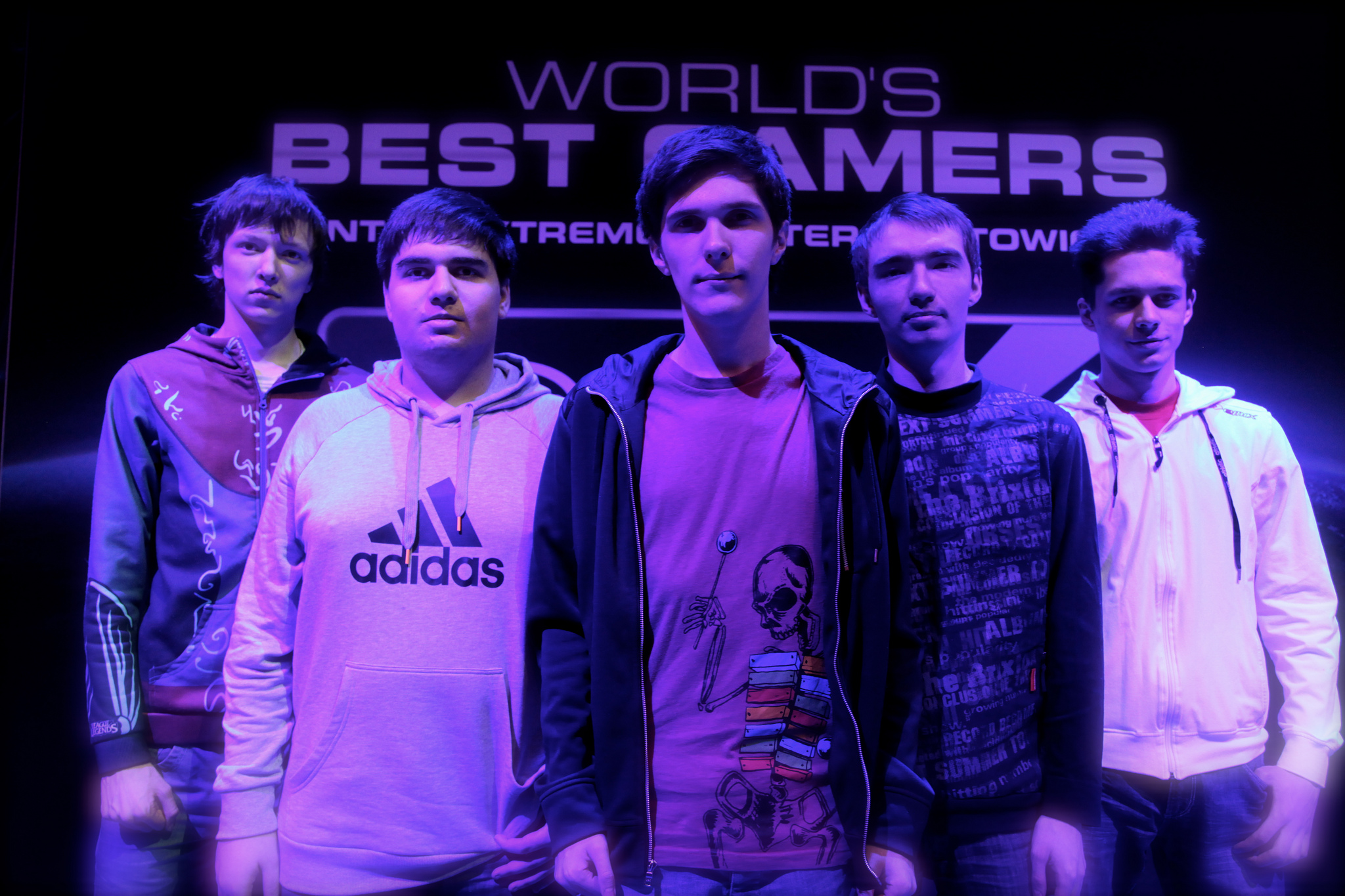
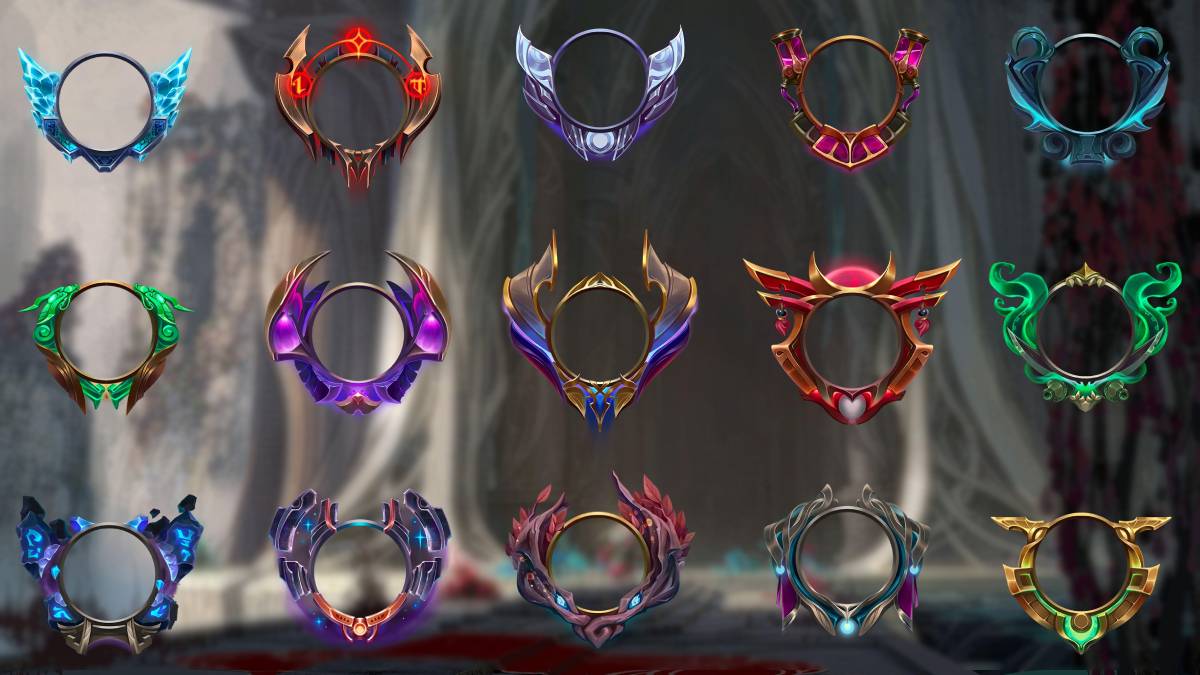
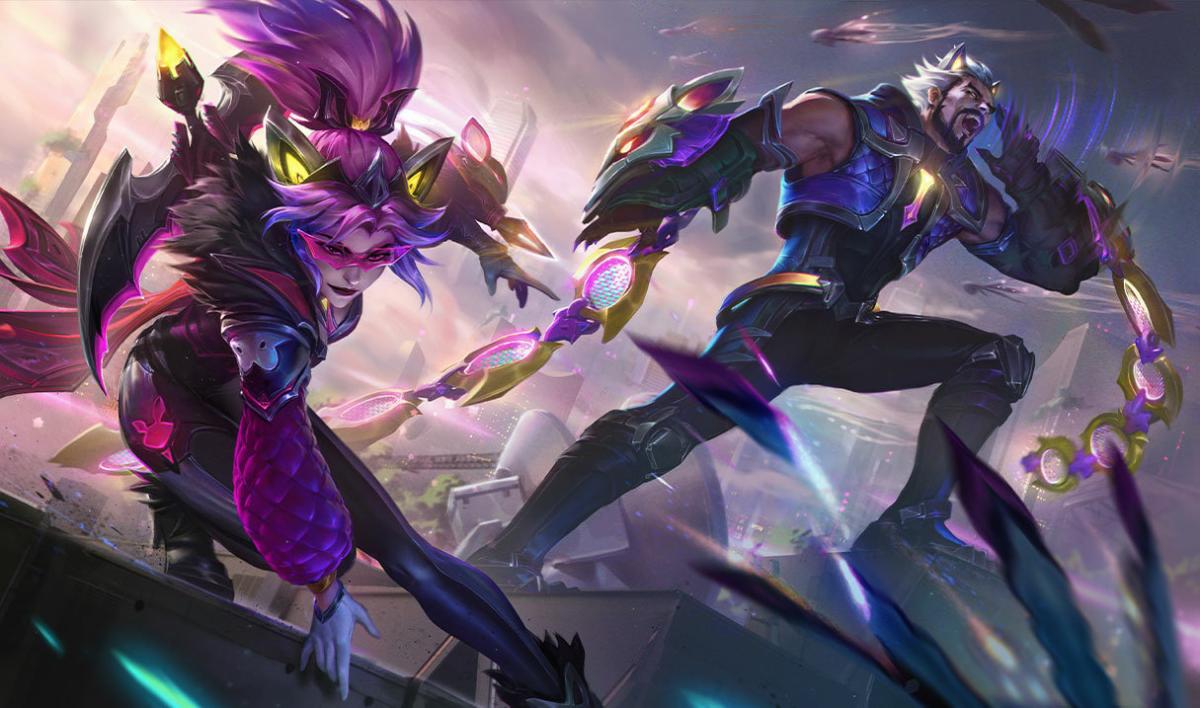

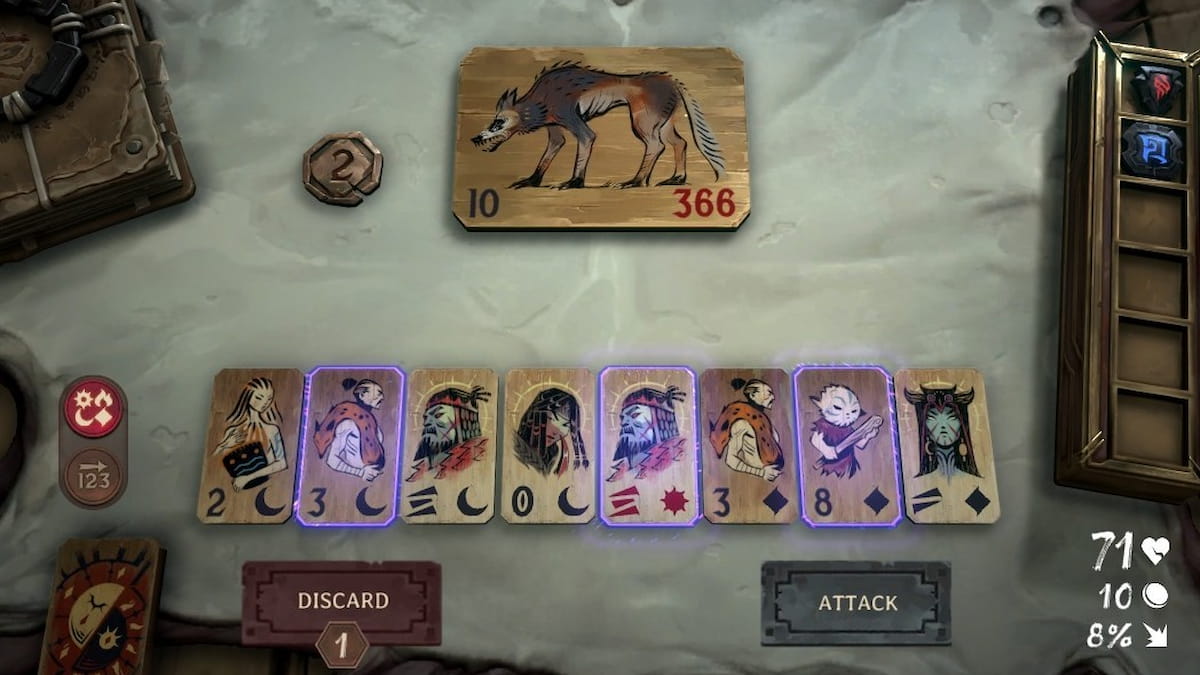


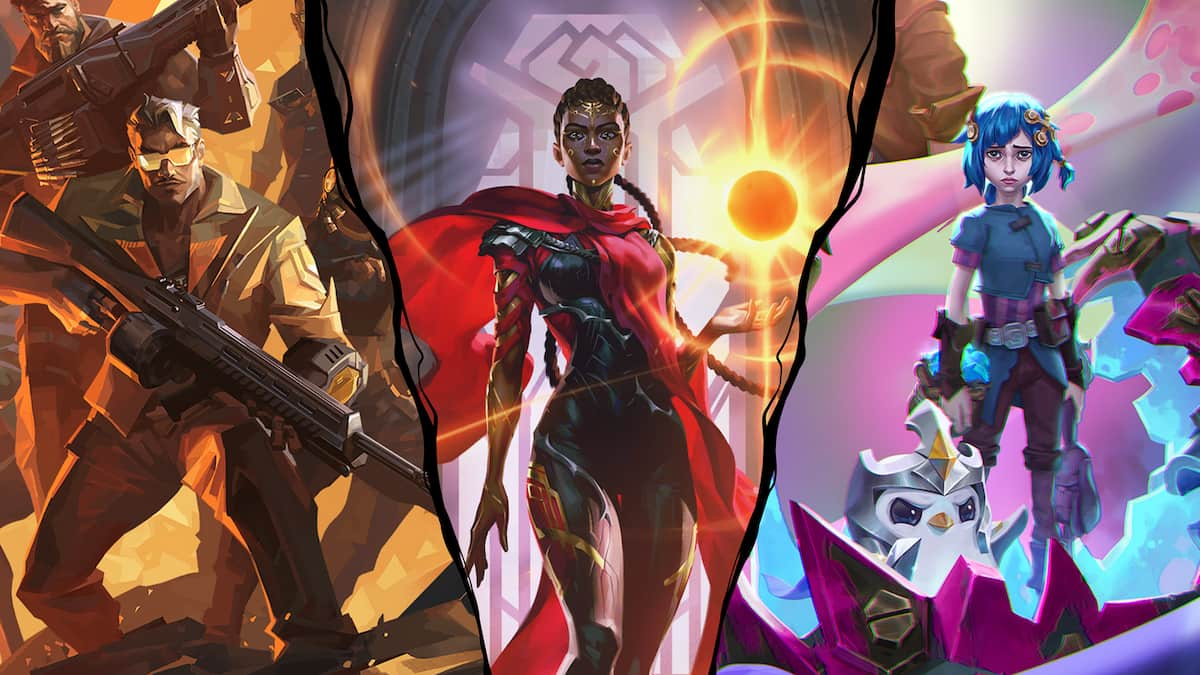
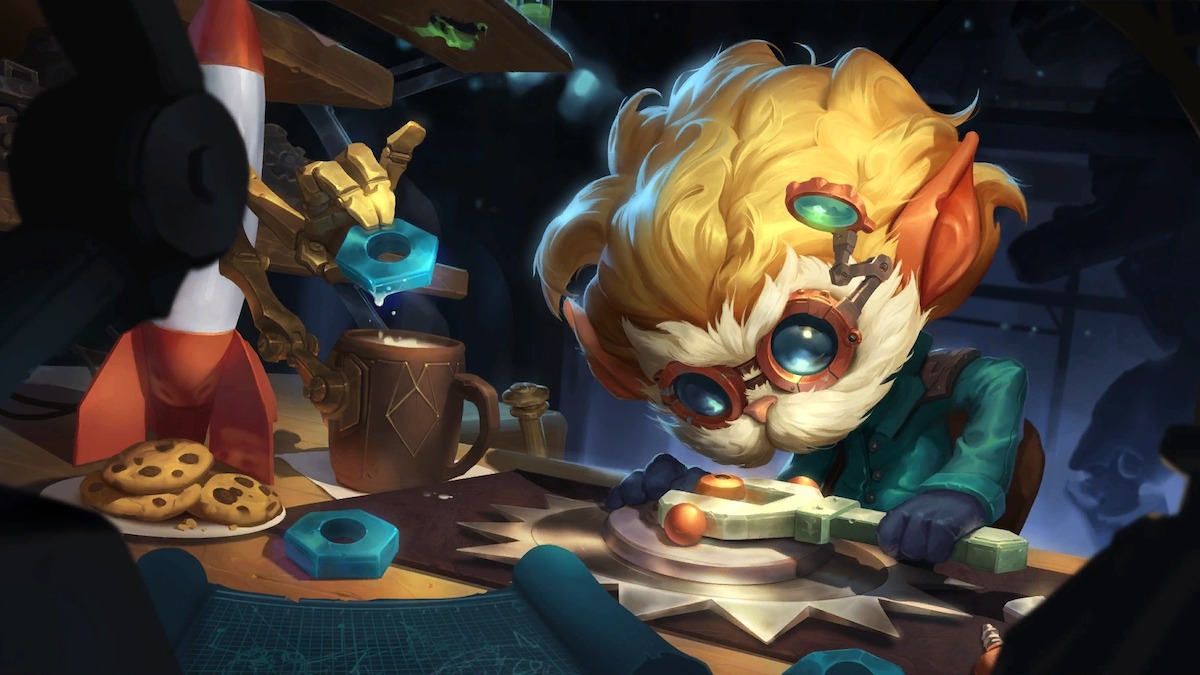

Published: Sep 7, 2015 01:45 pm